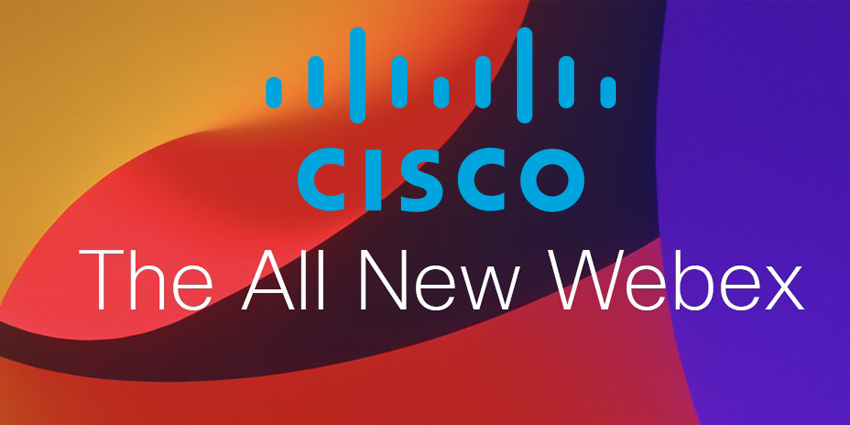The “all-new Webex” was revealed at the end of last year, with a number of new features now available to use.
Cisco has gone heavy on promotion for the revamp, plugging new functionality including multi-language captioning, improved artificial intelligence and meeting templates – with more set to follow.
But perhaps the biggest change to Webex comes at a higher level – with Cisco bringing its previously siloed unified-comms components under one umbrella and into one platform.
Scott Murphy, Collaboration Practice Lead at Cisco Gold partner ITGL, told UC Today that this enhances the experience for end users.
“All routes lead to the Webex platform, regardless of how and what you purchase,” he said.
“This simplicity is what a lot of our clients crave and I’m pleased to see Cisco deliver on this. It means that we can articulate the full value proposition of Cisco, regardless of a clients entry into the platform”
“For some, the entry point will be an all-in service for the business and for others it will be a departmental spend for a fixed need. But the sales motion for ITGL will be the same and the client experience of Cisco will also be the same.
“A client will not be penalised for starting slow as the platform is built to scale at the pace of each customer.”
While some of the more obvious features may have stolen the headlines, some of the game-changers are in fact under the hood. Take analytics, for example.
Cisco has been bringing more analytics capabilities into the Webex cloud platform to help businesses visualise their estates – including on-prem infrastructure.
In much the same way as the front-end features have been brought under one umbella, analytics, management and administration are going the same way, into the Webex Control Hub.
Jon Pickering, CEO at Tiger Communications, said this creates opportunities for partners to build products on top of Cisco’s offering.
“As a workplace data analytics specialist, we are keen to work with the Reports API and integrate our software to extract metrics and meaningful data for our customers,” he said.
“This offers significant value for our customer base because it provides powerful insight on the utilisation of Webex collaboration tools, supporting informed decision-making within their organisations.”
As expected, updates to voice and video capabilities were central to the launch, but one of these features in particular has been years in the making.
Webex now utilises the AV1 codec, which was first introduced by the Alliance of Open Media (of which Cisco is a member) in 2018.
The codec is set to replace the aging H.264 and has been developed as a result of royalty issues with H.265.
Webex will utlise AV1 for screen sharing high-motion content to begin with, but it will be rolled out for other features over time.
Paul Hanagan, CTO at ITGL, highlighted this – and the addition of BabbleLabs’ noise-cancelling technology – as key additions to Webex.
“For a good virtual meeting we need good video and good sound,” he said.
“The meeting application and the network supporting it obviously plays a part in that. But with so many vendors now offering virtual meetings, that are ‘good enough’. Cisco needs to stand out.
“Babblelabs enables Cisco, not only to control the quality of the meeting – by way of encoding, bandwidth optimisation, etc – but also control the quality of audio at the far end.
“Rather than transmitting everything that a user’s microphone picks up, Cisco will use AI to detect only the voice, and remove everything else.”







